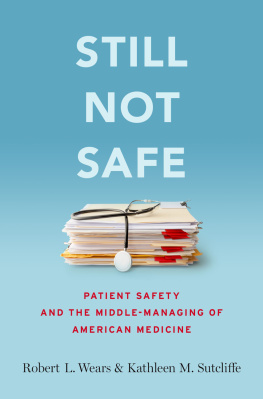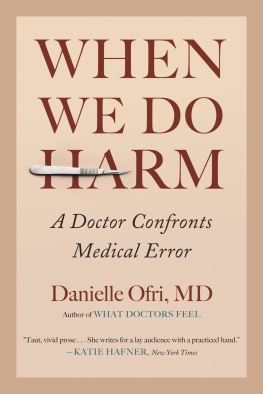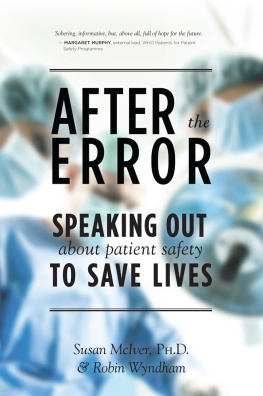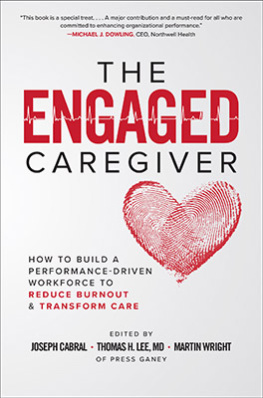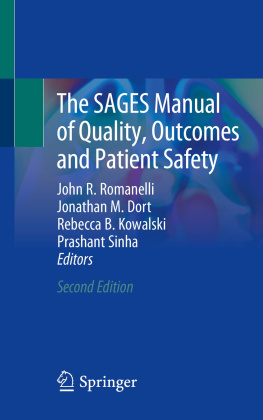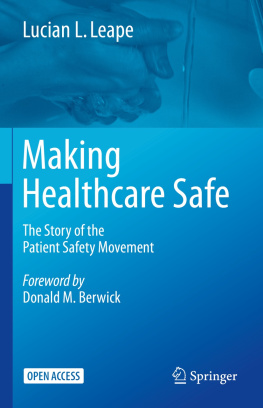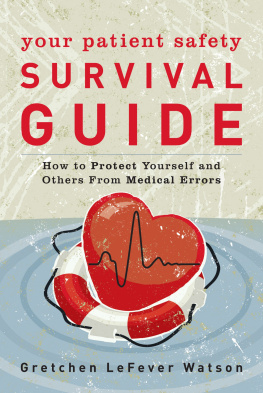Still Not Safe

Oxford University Press is a department of the University of Oxford. It furthers the Universitys objective of excellence in research, scholarship, and education by publishing worldwide. Oxford is a registered trade mark of Oxford University Press in the UK and certain other countries.
Published in the United States of America by Oxford University Press
198 Madison Avenue, New York, NY 10016, United States of America.
Oxford University Press 2020
All rights reserved. No part of this publication may be reproduced, stored in a retrieval system, or transmitted, in any form or by any means, without the prior permission in writing of Oxford University Press, or as expressly permitted by law, by license, or under terms agreed with the appropriate reproduction rights organization. Inquiries concerning reproduction outside the scope of the above should be sent to the Rights Department, Oxford University Press, at the address above.
You must not circulate this work in any other form and you must impose this same condition on any acquirer.
CIP data is on file at the Library of Congress
ISBN 9780190271268
eISBN 9780190271282
This material is not intended to be, and should not be considered, a substitute for medical or other professional advice. Treatment for the conditions described in this material is highly dependent on the individual circumstances. And, while this material is designed to offer accurate information with respect to the subject matter covered and to be current as of the time it was written, research and knowledge about medical and health issues is constantly evolving, knowledge about devices is continually evolving, and dose schedules for medications are being revised continually, with new side effects recognized and accounted for regularly. Readers must therefore always check the product information and clinical procedures with the most up-to-date published product information and data sheets provided by the manufacturers and the most recent codes of conduct and safety regulation. The publisher and the authors make no representations or warranties to readers, express or implied, as to the accuracy or completeness of this material. Without limiting the foregoing, the publisher and the authors make no representations or warranties as to the accuracy or efficacy of the drug dosages, equipment information, or medical information mentioned in the material. The authors and the publishers do not accept, and expressly disclaim, any responsibility for any liability, loss or risk that may be claimed or incurred as a consequence of the use and/or application of any of the contents of this material.
Contents
PART I: The Rise of Patient Safety
PART II: The Reign of Patient Safety
PART III: The Waning of Patient Safety
Medicines simplified idea of science is not the creative social enterprise that sociologists and philosophers of science have described over the last 30 [now, 40] years, but rather the realist vision of physical certainty taught in grade school and presented in the media.
Kathryn Montgomery
Why This Book?
The American moral and social philosopher Eric Hoffer reportedly said that every great cause begins as a movement, becomes a business, and eventually degenerates into a racket. The reform movement to make healthcare safer is clearly a great cause, but patient safety efforts are increasingly following Hoffers path.
In 1999, the Institute of Medicines To Err Is Human reportfor external intervention) because, after all, health professionals (especially managers) have the situation well in hand.
The result of this co-option has allowed assumptions about how accidents happen and how best to prevent, manage, or mitigate them to go unexamined and uninformed by current thinking in safety science, in part because examining those assumptions would challenge the authority of a managerial class of doctors and other health professionals whose power and control of healthcare processes has been steadily increasing. It has limited the depth of exploration of safety topics. Worse, it has resulted in the progressive loss of input and expertise from the very safety sciences (psychology, sociology, organizational behavior, human factors engineering, and others) that energized the founding of the patient safety movement with hopes for new approaches to hazards.
This book explores the reasons for this emergence, breakthrough, and decline. It results from a Robert Wood Johnson Foundationfunded study of the evolution of the modern patient safety movement from its beginnings to its present form and constructively critiques an important social movement which has seemingly lost its way. It is not a general text on patient safety; there are many such texts available understanding this course of development and the forces that led to it will be important for safety efforts in healthcare to break out of their current doldrums.
Notes
Montgomery, Kathryn. 2005. How Doctors Think: Clinical Judgment and the Practice of Medicine. Oxford: Oxford University Press .
Kohn, Linda T., Janet M. Corrigan, and Molla S. Donaldson. 2000. To Err Is HumanBuilding a Safer Health System. Washington, DC: National Academy Press .
Lamont, Tara, and Justin Waring. 2015. Safety Lessons: Shifting Paradigms and New Directions for Patient Safety Research. Journal of Health Services Research & Policy 20 (1 suppl):18. doi: 10.1177/1355819614558340 .
Dekker, Sidney W. A. 2011. Patient Safety: A Human Factors Approach. Boca Raton, FL: CRC Press .
Vincent, Charles. 2010. Patient Safety. 2nd ed. Oxford: Wiley Blackwell .
Hilgartner, Stephen, and Charles L. Bosk. 1988. The Rise and Fall of Social Problems: A Public Arenas Model. American Journal of Sociology 94 (1):5378 .
.
.
.
.
We first and foremost thank the Robert Wood Johnson Foundation and their generous support of our research through its Investigators Award Program. We also thank our universities and our colleagues at the University of Florida College Of Medicine - Jacksonville and Johns Hopkins University Carey Business School, School of Medicine and Armstrong Institute for Patient Safety and Quality. We are especially grateful to a host of valued colleagues who generously shared with us their time and insights in the development and subsequent course of patient safety. These include: James Reason, Charles Vincent, Jeffrey Cooper, David Gaba, Richard Cook, Lori Zipperer, John Eichorn, Jan Davies, David Musson, Rhona Flin, Troyen Brennan, Erik Hollnagel, Sidney Dekker, James Nyce, Johan Bergstrm, Martie Hatlie, Gary Klein, Stephen Hargarten, Kerm Henriksen, Lucian Leape, Donald Berwick, Helen Haskell, Justin Waring, Sonja Jerak-Zuiderent, and Teun Zuiderent-Jerak, and twenty anonymous healthcare patient safety officers. We also thank two students whose theses addressed the development of patient safety thinking: Eric Van Rite and Charlotte Soldan, and further thank Lindsey Clark of Georgetowns Medical Innovation Institute for her assistance in interviewing.
We particularly thank people whose work on safety we admire; we have been strongly influenced by the thinking of Richard Cook, David Woods, Erik Hollnagel, Charles Vincent, Karl Weick, Justin Waring, Sidney Dekker, Charles Bosk, Eric Van Rite, Tim Vogus, Lori Paine, Peter Pronovost, Daved van Stralen, Marlys Christianson, Jeffrey Braithwaite, and James Scott.

